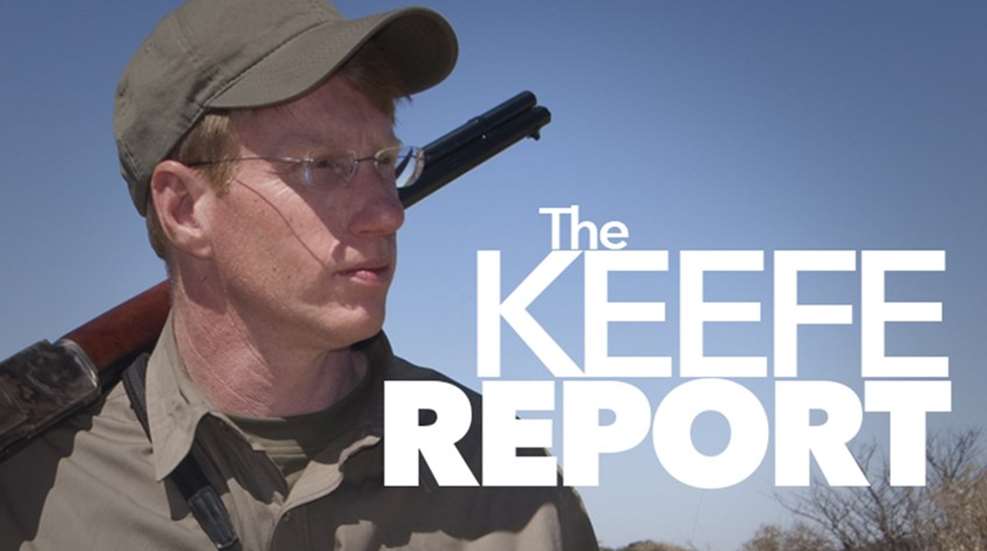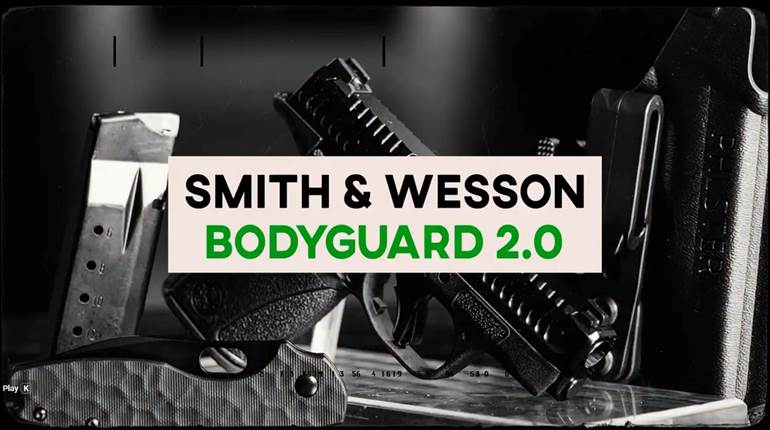
In the 1980s and 1990s, gunwriters penned an almost endless litany of articles declaring the .380 everything from useless to dead - and those were just two of the kinder descriptive terms.
However, at the 2009 SHOT Show, I examined five new small .380 ACP semi-automatic pistols intended for unobtrusive, discreet carry. The guns were the Kahr P380, the Magnum Research Micro Desert Eagle, the SIG Sauer P238, the Taurus TCP and the Walther PK380.
The .380 ACP is considered by some authorities on defensive handgunning to be marginal in power and performance at best, and completely inadequate and unsuitable at worst. So why are so many companies manufacturing-and so many shooters buying-a less-than-perfect personal-defense solution?
Think of the current generation of small .380s as pocket protectors. That, of course, was the original premise for the gun and cartridge as conceived by John Moses Browning as the Colt Model 1908 pocket pistol chambered for the .380 Automatic Colt Pistol. That combination forever changed the defensive handgun 101 years ago. The .380 and .32 ACP became the primary semi-automatic law enforcement cartridges in Europe for decades, as well as a prominent military cartridge until the ascendancy of the 9 mm Parabellum.
So why then was the 10-ounce recoil-operated Ruger LCP (Light Compact Pistol) the surprise hit handgun for the firearm industry last year? Of course, the LCP follows on the heels and hallmarks of George Kelgren's revolutionary Kel-Tec P-3AT of 2003. Why are other makers dog piling on the .380 ACP bandwagon? Why now? And all this attention for a chambering that many defensive handgunning authorities regard as inappropriate or marginal for personal protection. There is more to it than Ruger selling out its yearly production in just a few hours, as both Ruger and Kel-Tec continue to have banner success with their guns, as are companies that make small revolvers also appropriate for discreet carry.
Today 43 states have some form of Right-To-Carry for honest citizens to lawfully carry a concealed firearm, and applications for such permits are up-way up. The first cycle for many seems to be acquiring a CCW, then for him or her to immediately start carrying a full-size, perhaps even a custom, M1911 in .45 ACP. After all, that's what all the gunwriters recommend, right? At the local club or gunshop, if you carry anything less than an M1911, your sanity or manhood are immediately suspect. Firms such as Kahr and Taurus have made extremely small .45 ACPs, but weight and mass can only be reduced so far given the physical dimensions of six .45 ACP cartridges. Recoil in such small guns in this chambering cannot be removed, and it can be difficult to master. A .45 ACP pistol can only become so small, and even the smallest may be too big for some who choose to exercise their Right-To-Carry on a daily basis.
Another problem with a full-size or even an Officers ACP or Commander M1911 is that they are well, heavy. To carry a full-size pistol every day requires one to make some changes as to how you dress, and there are times that it is downright uncomfortable to wear the clothes necessary to conceal a full-size well. Weight, bulk and other inconveniences lead some to simply not carry every day. A heavy gun left behind is of no use when danger threatens. To be frank, it's a pain, but a pain that can save your life. What to do?
After all, the first rule of gunfighting is to have a gun. If you knew you were going to a life-threatening situation, you wouldn't go at all.
But the point of a carry handgun for the armed citizen is to have adequate defensive power to deter or immediately end an unwarranted, unexpected attack. For such situations, a compact, simple-to-operate .380 ACP is all many consumers have decided they need. And a slim, 10- to 14-ounce gun that does not require a whole new wardrobe becomes pretty attractive. This type of firearm is one that is carried a lot, and hopefully, fired never. But if you need it, the gun must be on you. And at the arm's length of typical armed citizen encounters, many believe a six-shot .380 will be enough ... if it's there.
I believe we are seeing a practical compromise on the side of persons committed to their own armed self-protection. While the new generation of .380s is far from the ideal of any combat pistolero knowingly heading into harm's way, they are ideal candidates to keep with you all day, every day. These .380s are not the handgun choice for those looking for trouble but rather the light and handy handgun of choice for those looking to avoid it.





































